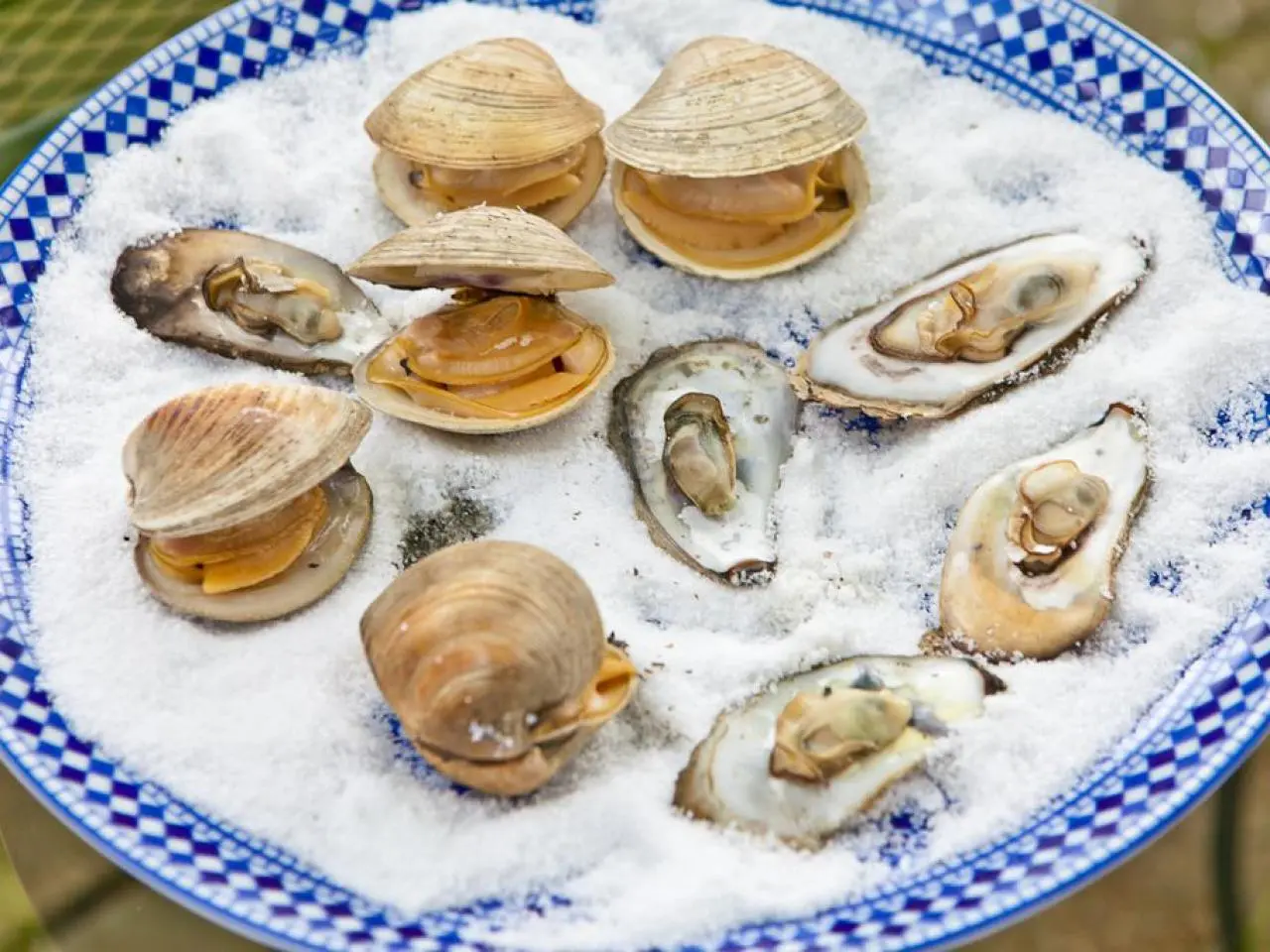Clams, those simple yet delicious marine mollusks, have been a part of human diets for millennia. They inhabit a wide range of coastal environments, from sandy beaches to rocky shores. With their distinctive shells and succulent meat, clams have captivated human palates and played important roles in marine ecosystems.
Clam Anatomy and Biology
Clams have a simple body plan, consisting of a mantle, gills, and a muscular foot. The mantle is a fleshy tissue that secretes the shell, which is composed of calcium carbonate. The gills are used for respiration and filtering food particles from the water. The muscular foot is used for burrowing and movement.
Clams are filter feeders, extracting nutrients from the water column. They play a vital role in water purification by removing pollutants and excess nutrients. Clams are also a food source for a variety of marine animals, including fish, crabs, and birds.
Clam Diversity
Clams come in a wide variety of shapes, sizes, and colors. Some of the most common clam species include:
- Hard clam: This species is also known as the quahog and is prized for its meat.
- Soft clam: This species has a more delicate shell and is often used in clam chowder.
- Razor clam: Razor clams have a long, cylindrical shell and are difficult to dig up.
- Surf clam: Surf clams are large clams that are often used in commercial fishing.
Clams in Human Culture
Clams have been consumed by humans for thousands of years. They are a popular seafood dish in many parts of the world, enjoyed in various cuisines. Clams can be steamed, baked, fried, or grilled. They are often served with garlic butter, white wine, or herbs.
In addition to their culinary importance, clams have cultural significance in some regions. They are often associated with coastal living and maritime traditions.
Clam Farming and Sustainability
Clam farming, also known as mariculture, is a sustainable form of aquaculture. Clams are grown in controlled environments, often on intertidal flats or in cages suspended in the water. This method of farming has several advantages, including low environmental impact and high yields.
However, clam farming can also have negative consequences. Overfishing of wild clam populations and pollution can threaten the sustainability of clam stocks. Sustainable farming practices and responsible management are essential to ensure the long-term viability of clam populations.
Clams are fascinating creatures that offer both culinary delights and ecological benefits. By understanding their biology, ecology, and the challenges they face, we can appreciate their importance and support sustainable practices to protect these valuable marine resources.
